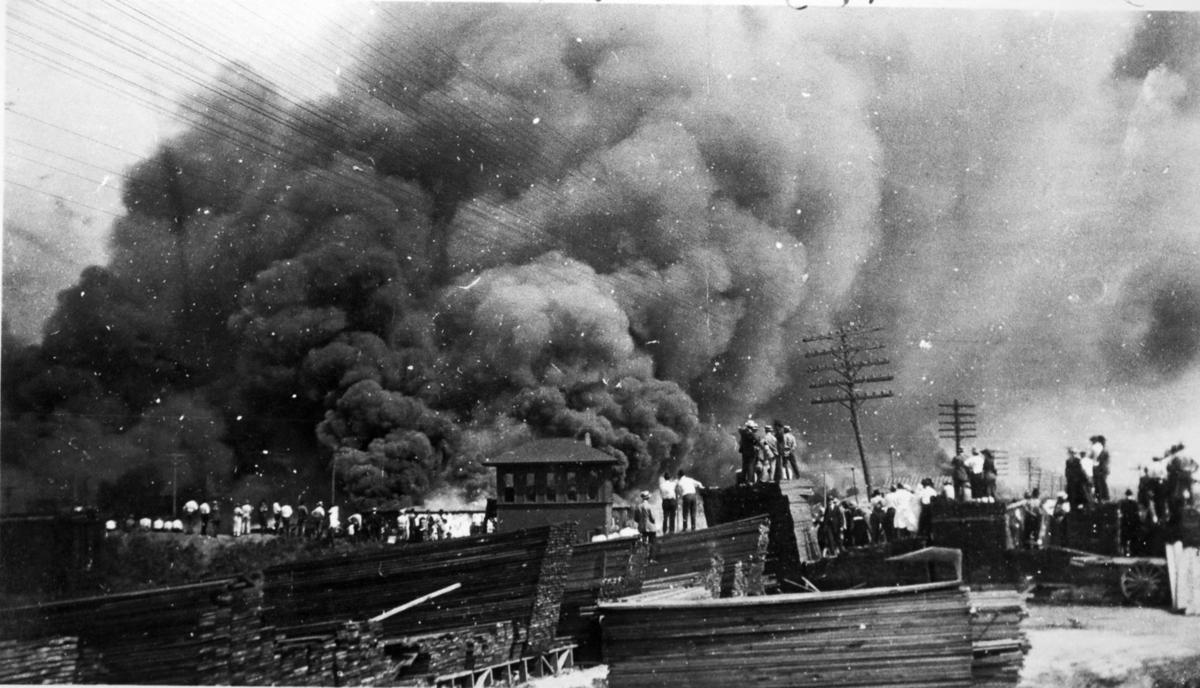CITIZEN HERO
Chris Persaud, The Palm Beach Post,
USA TODAY•June 12, 2020

PALM BEACH, Fla. – Florida’s former top coronavirus data scientist has launched a website showing far more COVID-19 information than she said the state allowed her to report as an employee, including statistics contradicting Florida’s official coronavirus numbers accompanying the push to reopen the state.
Former Health Department geographic data scientist Rebekah Jones has created FloridaCOVIDAction.com, which asserts that the state’s widely read public-facing dashboard under reports how many people have tested positive for the pathogen. Florida also overcounts how many have been tested, Jones said, to the benefit of Gov. Ron DeSantis’ push to reopen the state after two months of quarantine.
“I decided to stop wallowing in self-pity and do something constructive, something useful with the skill set I’ve been using for so long,” Jones said. “People have a right to know what’s going on in a straightforward nonpolitical kind of way.”
More: Fired DOH official to speak out, reveals new details of alleged COVID-19 data 'manipulation' attempt
The information her dashboard reports comes from publicly available state data, much of which is not reported front-and-center on state websites, but buried in thousand-page reports or scattered PDF files. It includes hard-to-find hospital capacity information provided by another state agency, the Agency for Health Care Administration.
Jones, who built the state dashboard, says she was fired May 18 after refusing to “manipulate” COVID-19 data to justify reopening. DeSantis said she was fired because “she didn’t listen to the people who were her superiors.”
In her most noticeable break from the state, Jones’ site shows far more people with the illness than the state reports. To the daily number of people with positive coronavirus tests, Jones adds those testing positive to antibodies that may indicate the presence of the disease.
While the Health Department reported 69,069 confirmed cases on Thursday, Jones’ website showed 75,897.
More: Public remarks prompted Florida virus data curator's firing
That could be a mistake, cautioned Dr. Terry Adirim, chairwoman of Florida Atlantic University’s Department of Integrated Biomedical Science. She warned against combining the results because antibody tests are more prone to false positives. Jones separately shows the state’s tally as well.
Jones' site also offers a different death toll. She listed 2,938 deaths in Florida on Thursday while the state listed 2,848 because her site includes deaths of non-residents who caught the virus in Florida.
The state has excluded those people since mid-April. The Palm Beach Post includes non-resident deaths in its daily reporting.
Tests or people tested?
One of Jones’ most controversial claims after her firing was that the state fiddled with the so-called positivity rate to make it easier to justify reopening counties that weren’t ready by using the wrong testing data to draw its conclusions.
On Thursday, the Health Department’s site declared more than 1.3 million “total people tested” in bold type on its website. But Jones’ website says the true figure is about 30 percent less, just over 1 million.
More: Fired scientist defends her COVID-19 data role, portrays Florida Dept. of Health as corrupt
More: Accusations fly around dismissed Health Department official, but questions about COVID-19 data persist
The state’s testing tally reflects the number of tests conducted, not how many people were tested, a state data guide shows.
The figure Jones reports isn’t on any easily viewed public website maintained by the state. It can be found by downloading data non-programmers would find incomprehensible. The Post uses that data for a county-by-county testing map that has been on its website since March.
If Florida is indeed misreporting how many people have been tested, it makes the health situation in Florida look better than it is. By dividing the number of cases into the number of tests instead of the number of people tested, the state erroneously reports a lower percentage of people testing positive, Jones said.
More: Florida scientist was fired for 'refusing to manipulate' COVID-19 data, she said
When DeSantis allowed most of the state to reopen in early May, he relied in part on positivity, demanding that less than 10 percent of those tested in every county have positive test results before a county could reopen.
Some counties that met the criteria using the state’s formula may have fallen short under Jones’ definition.
For instance, Palm Beach County would have a 12 percent positivity rate under Jones’ formula, while the state calculates a positivity rate of less than 8 percent.
A report card on reopening
The state allowed Palm Beach County to start reopening businesses on May 11 even after testing uncovered outbreaks in the Glades and Lake Worth Beach. The number of new daily cases in the county has skyrocketed since late May.
Jones’ dashboard shows “report cards” judging each county’s readiness to enter Phase 2.
The state’s benchmarks for reopening also include two weeks of declining counts in new cases, declines in COVID-like illness from hospitals and emergency rooms and positivity.
By Jones’ calculations based on data reported last week, only two counties qualify: Liberty and Clay.
But without the backing of the state, it is uncertain that her site will win over the public. In a statement announcing the new site, Jones said her website “will always be under construction,” and “we look forward to hearing from the community about what they would like to see on their dashboard.”
Jones’ site also lists details collected by the state for each victim, including those from before March 1, when Florida announced its first cases. “92-year-old Male in Palm Beach County, who was first diagnosed or tested 2/29/2020, 7:00 PM and became an official case after DOH received positive lab results 3/27/2020, 1:00 AM,” one record reads for example.
“We weren’t allowed to really draw attention to deaths, which is why I added hospitalizations and deaths which use something we buried in a PDF but never showed on our dashboard,” Jones said. “So people can bring the humanity aspect of this to the forefront.”
Where can you get tested?
While the state’s dashboard reports only the number of residents who have ever been hospitalized with COVID-19, Jones’ includes hospitalizations and deaths of non-residents. It also pulls the AHCA data to show the number of intensive care unit beds available by hospital, illustrating the strain the virus is putting on health care.
Unlike the state dashboard, Jones includes a map showing hundreds of testing sites statewide, with information such as phone numbers, addresses and how to schedule an appointment.
Jones created the state’s dashboard and map in March, working at one point, she said, 36 days straight without a day off. It earned praise from Dr. Deborah Birx, the White House coronavirus response coordinator. Jones was in charge of updating statewide coronavirus figures, which detail the number of tests and confirmed cases for each county.
A Health Department manager asked Jones in early May to hide state data from public view the night before The Post reported that Floridians felt COVID-19 symptoms as early as January. Jones told her boss in an email it was the “wrong call” but removed the data.
After The Post story published, it was returned to the site.
Jones was removed from her data management duties on May 5, she said, in retaliation for refusing to “manipulate” the data to make coronavirus look less prevalent among those getting tested for the pathogen.
On May 29, the state’s dashboard went offline for a day, hidden behind a login screen, when a Health Department worker tried to program the software powering the dashboard to make the data private.
Jones, who lives in Tallahassee, has set up a GoFundMe account while she works on her dashboard, with a goal of raising $50,000. Contributors have donated more than $4,000 so far.
“I was very very worried about paying bills next Friday,” she said.







 Image: Glenn Cantave, Celebrities Support The Black Lives Matter Movement (Noam Galai / Getty Images)
Image: Glenn Cantave, Celebrities Support The Black Lives Matter Movement (Noam Galai / Getty Images)








